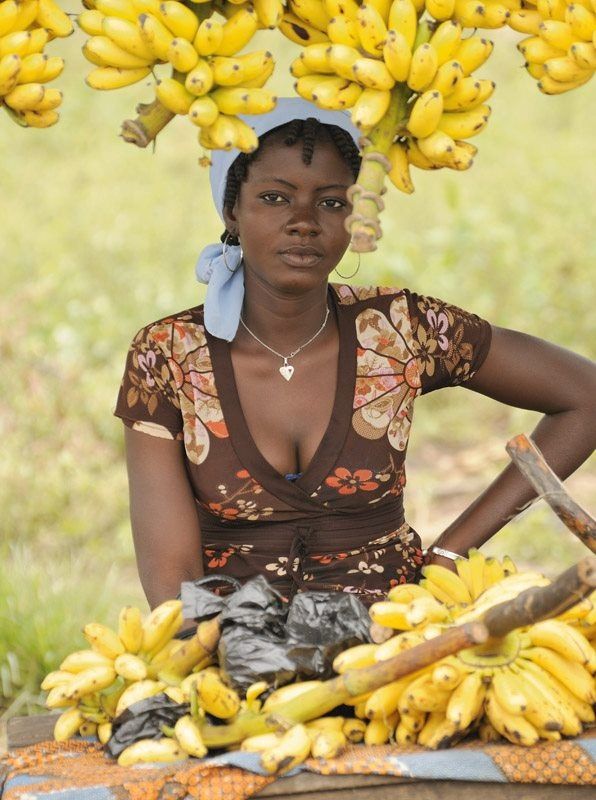
Banana production in Malawi Part 2
 This is part 2 of our now popular guide, Banana production in Malawi, part 1 written by me, Hazel Phiri. In this new guide you will go further into what it really takes to have a successful banana producing environment. You can always contact me for more guidance on anything farm related.
This is part 2 of our now popular guide, Banana production in Malawi, part 1 written by me, Hazel Phiri. In this new guide you will go further into what it really takes to have a successful banana producing environment. You can always contact me for more guidance on anything farm related.
Farming banana is an easy & simple process, but to achieve the desired amount of banana production requires too much dedication to your banana farm, a good yard management skills, and some basic knowledge about the banana farming like land selection, plants irrigation, care & management.
Banana production; about more than 20 kg of banana fruit per each blossom of banana can be achieved if plant manages well & care properly. Because of this much banana yield per tree, it may result in the most profitable fruit trees to grow. So, it is a good thing to learn how can we can raise yield.
Here is a list of some factors that give their direct effect on the production of Banana Farming in Malawi.
- Varieties (cultivar) of Banana
- Climate Condition & Soil preparation
- Propagation & timely irrigation
- Timely application of suitable Manure and Fertilizers
- Care & management of your banana farm
- Post harvesting Care
Varieties of Banana
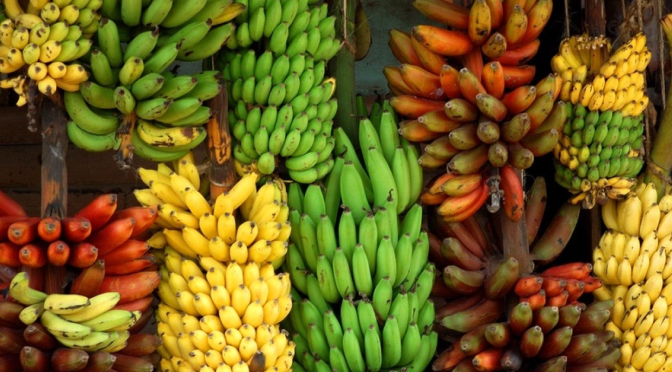
Here in Malawi, sweet plantains, green plantains and Williams are the most popular cultivar of Banana, used mostly by the banana farmer to achieve higher yield per acre land. Select only high yielding & fast growing cultivar so that you became able to harvest them in short time.
Climate condition for Banana Farming in Malawi
–for your bananas to do well, you need to follow good climatic conditions for your area. If climate supports well then you can easily obtain optimum production from also with the help of selecting a high yielding cultivar ( sweet plantains, green plantains, William ) . So, selection of banana cultivars is so based on the atmosphere. Since Banana plants are native to the tropical area, they grow well in a region with an temp, ranging from 15 ºC to 35 ºC. Which state that, can grow well in warmer season with fair moisture & low wind.
-As this crop is a warm seasonal crop, excessive cold cause to crop injuries. So, always select a place, where the temp. does not fall under 15 ºC. A normal temp about 18 ºC to 30 ºC is basically required for good development of the plants.
Soil Requirement for Banana Farming in Malawi
Banana can be cultivated over a wide range of soil. However, a moistened soil with rich in organic matter & well drainage power along with 80 % loam, 70 % silt, & 45 % clay is considered as the best soil for the healthy vegetative growth of banana in Malawi. It should slightly acidic in nature. Do not farm it in lower pH soil because it causes to get more chance of disease in your crop. Also avoid cultivating banana in low laying areas, nutritionally deficient, ill-drained soil, sandy soils for higher production.
Organic matter like high nitrogen content, fair phosphorus with lots of potash ensure high production of Banana. If your soil is deficient of those organic matters, then it is a good idea to supplement them with manure and diagrow kind of fertilizer. Avoid planting bananas in water logging soil to prevent condition roots rot.
if your soil is deficient of any essential organic matters like Nitrogen, Potash, Phosphorus, etc. then it is advised you to go for the soil test before starting farming Bananas. You can go for the soil test to any govt. lab or the nearest Agricultural Department Institute like any
Land selection and Its preparation in Banana Farming
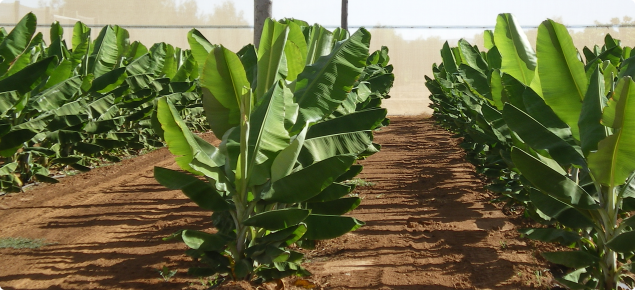
A proper site for your commercial Banana farming is also an important task as this will directly impact the overall production. Select a suitable place for your banana farm, which is rich in the Organic matter. Organic matter like high nitrogen content, fair phosphorus with lots of potash ensure high production.
Select an open place for your banana farming because they thrive their best in bright sunlight. Bring the selected soil into fine tilth form which can be easily achieved by 2 or 3 plowing with a tractor. But as they are a tree like herbs, a speedy wind may lead to breaking down of the plant. so when planting make sure you dig the holes at about 90cm deep. And also cut a thick bamboo about 3 meters long, make a hole at one end of each bamboo and tie it together with the plant.
Growing Cowpea and burying them in the soil can help in increasing fertility of your soil as they are green manuring crop.
If your soil is deficient of organic matter, then it is a good thing to supplement those at the time of field preparation. However, application of farm yard manure is considered as the best one. So, for farming banana, an addition of farm yard manure about 45 tonnes per unit hectare land is enough. This will enhance soil fertility & also, the plant growth. Make sure that it mixed well with the uppermost soil
Propagation In Banana Farming
If you want to do Propagation in Banana farming mainly it is done with the help of Suckers & with the help of Tissue Culture. Mostly used to planting banana by suckers.
For planting bananas with the help of Suckers, suckers are sword well by using well-grown rhizome (a conical or spherical in shape) with active developing buds. They should be weighed not more than 700 gm for using them as propagating matter in the Banana cultivation.
Suckers or Tissue culture?
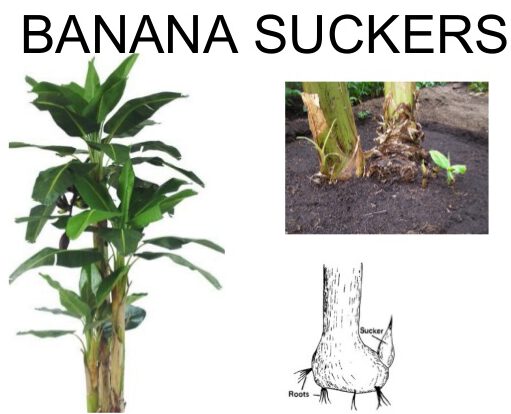
In banana farming, most of the people used to planting banana with the help of sucker because it is a low-cost method. While planting banana with the help of tissue culture seedling is a costlier method because, in this method, Banana seeds are grown by many operation activities after investing too much time.
As per my suggestion, for commercial banana farming, go for the tissue culture method of propagation. This is a costlier method but has lots of benefits over Suckers planting method. Due to variation in size & age of suckers, there is more chance of getting suckers infected of some common nematodes & pathogens. And also, a nonuniform crop of banana which takes more time to become ready for harvesting. While in-vitro clonal propagation, banana plants are disease free, early yielding, healthy uniform in growth is observed.
Advantages of Tissue Culture
Here below is a list of some benefits of using Tissue culture plants in the Banana farming:
- A disease & pest free seedling is observed.
- Crop becomes ready for harvesting in very short time period
- Uniform growth of banana plant is observed with higher production
- Plant mature in short time than normal farming
- True to the type of mother plant under good management
- This method of farming make us able to farming bananas through out the complete year as easy availability of banana seedling
- With help of this, it is possible to obtain 2 consecutive raccoons in banana cultivation in short time, which directly decrease the cost of cultivation
- More plant productivity, about 95 to 99 % plants bears fruit bunches
Irrigation in Banana Farming
A Banana crops require too much water for the healthy vegetative growth of banana fruit because they are a water loving plant. To obtain maximum productivity from it, give water too much to this commercial crop. an avg. rainfall of 700 mm is good for the healthy vegetative growth of banana. In the critical condition like drought, deep irrigation should be provided to this crop.
Just after planting it on the field, a frequent irrigation is essential. Provide water sufficient enough for good development of plants. A banana tree did not bear any fruit bunch, if properly not irrigate. But, always try to avoid excessive watering, it will lead to roots rotten which finally results in low production in your crop.
With the help of drip irrigation system more preferred over the traditional method. As drip irrigation is helpful in making effective use of water, manure as well as of fertilizer. It also lessens the chance of new emergence of weed. This also saves your precious & valuable time as it does not require any laborious work to give water with drip irrigation. It is recommended in those regions, where there is less availability of enough water.
Inter-cultural Activities & Weed Control
Weeding is a common problem of all type of crops. Controlling it can lead to higher production in your crop. Here is some tasks to perform, to get rid of the weed.
manual weeding are necessary to keep weed from the field.
- Bunch Covering
To obtain quality banana production, the fruit bunched should be covered by polyethylene or covering material to prevent it from direct sunlight. Covering these fruit bunches by using dried leaves is economically beneficial to the growers. Bunch covering also provides protection from dust, birds, insect and also spray residue. Covering with blue plastic is a good idea. This will help in raising the temp. for good development of fruit & finally the early maturity of fruits
- Propping
Fruit bunches are heavy in weight because of which plant lose their body balance & may fall on the field. To support them, propping of the tree should be done. Propped these overload tree with the help of 2 bamboo sticks, forming a triangle between them to the stem. This will also ensure the uniform growth of fruit bunches
Application of Manure and Fertilizers in Banana Farming
Timely application of suitable manure & fertilizer is proper dose is essential in achieving a production. Organic matter like high nitrogen content, fair phosphorus with lots of potash ensure high production. So, your solid should be rich of these all organic matter. Here below, I have given reliable information about the application of Manure and fertilizers for an ideal condition to obtain a production of 10 metric ton per unit acre land. Any one can obtain a good yield, even there is nutrient deficient soil for this cultivation.
Make your soil rich in all essential nutrient, required for good production and application of farm yard manure the best one. So, give about 15 kg of farm yard manure, about 250 gm Nitrogen, about 75 gm Phosphorous, about 300 kg Potassium to each & every plant. If your soil has some nutrient deficiency, then they should be should be the supplement at the time of field preparation.
We can also provide these essential organic matters (Nitrogen, Phosphorous, & Potassium) in water with the help of drip irrigation system as it makes effective use of them as this gives direct water to the stem of the plant. However, the successful farmer used to give about 0.1 kg Phosphorous & 0.25 kg Potassium at the time of planting banana crops while the Nitrogen is given in 3 equal doses; at the time of vegetative growth, at the time of reproductive stage to continuously raise the productivity of the soil.
Pests and Diseases in Banana Farming
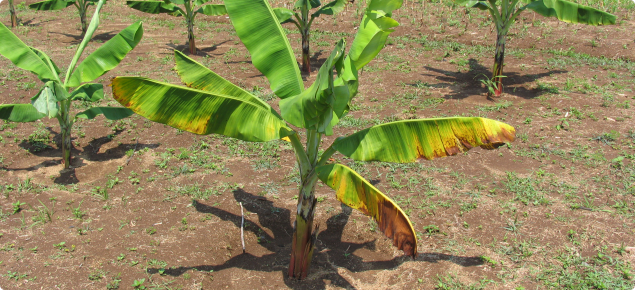
High-density planting in Bananas is more likely to be attacked by fungal diseases, Viral diseases also some of the insect (pests) which directly give their impact on quality & quantity production of fruit.
Banana Harvesting
Timely banana harvesting leads to higher production of fruit. As they How Long Does Banana Take to Grow? is totally depends on the cultivars & climate condition of your surroundings.. But harvest this delicious fruit, when they reach their maturity. At this stage, quality & quantity fruit can be obtained which is high in market demands. Cultivate only those verities which are high yielding & fast growing ( sweet plantains, William and green plantains). It will make you able to earn a big profit in the very short time period with high production.
Yield in Banana Farming
How much is banana yield per hectare? By this crop, in a time period of two & half-years (26 to 32 months), you became able to produce as high as 100 tonnes of fruits per unit hectare land with the help of drip irrigation
Under the use of combined drip irrigation with, a yield of Banana as high as 100 Tonnes per hectare can be easily obtained , even similar yield in the ratoon crops can be achieved if the crop is managed well.
Post Harvest Management
Here below are some suggestion to perform after harvesting of fruit. Learn them
- Discard over mature & injured fruits
- Clean fruit below running water
- Remove latex, if present by treating fruit with thiabendazole
- Short out on the basis of size as Grade A, B, C.
- For local market, use lorries for transportation to minimize your cost Or pack
- Pack it in suitable box & store fruit in cool place to maintain fruit quality
In Conclusion
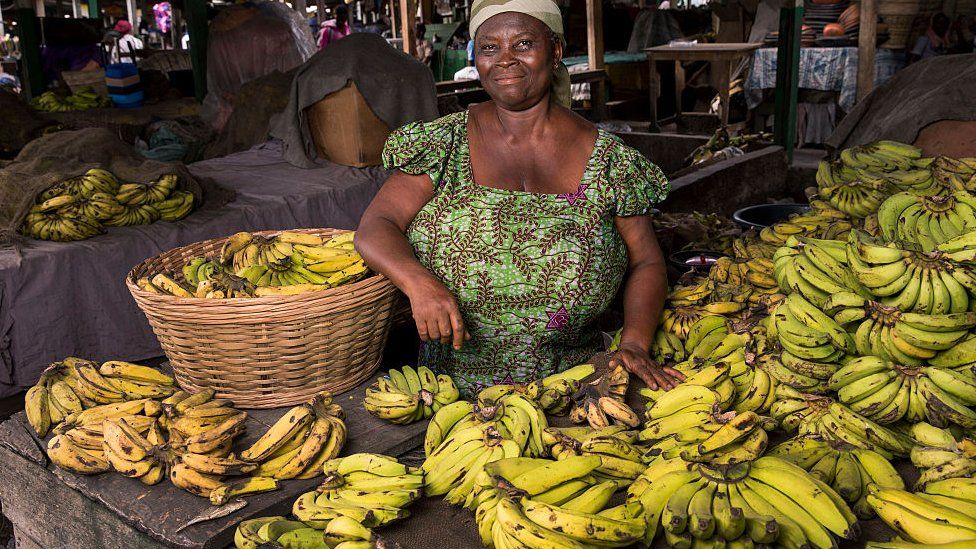
We hope you really, we really hope you enjoyed our part 2 of our beginners guide to growing Bananas in Malawi. We are already working on the 3rd part of this guide and we will have it online very soon, within a couple of weeks or so, you are welcome to contact me or leave a comment below for any questions or comments. Happy farming!
You can also learn how about Goat production in Malawi, a booming business you should learn about first.
- Soybeans Production in Malawi - August 16, 2022
- Banana production in Malawi Part 2 - April 17, 2021
- Introducing Mobile Msika Wathu Program by Smart Energy Enterprise - February 16, 2021
